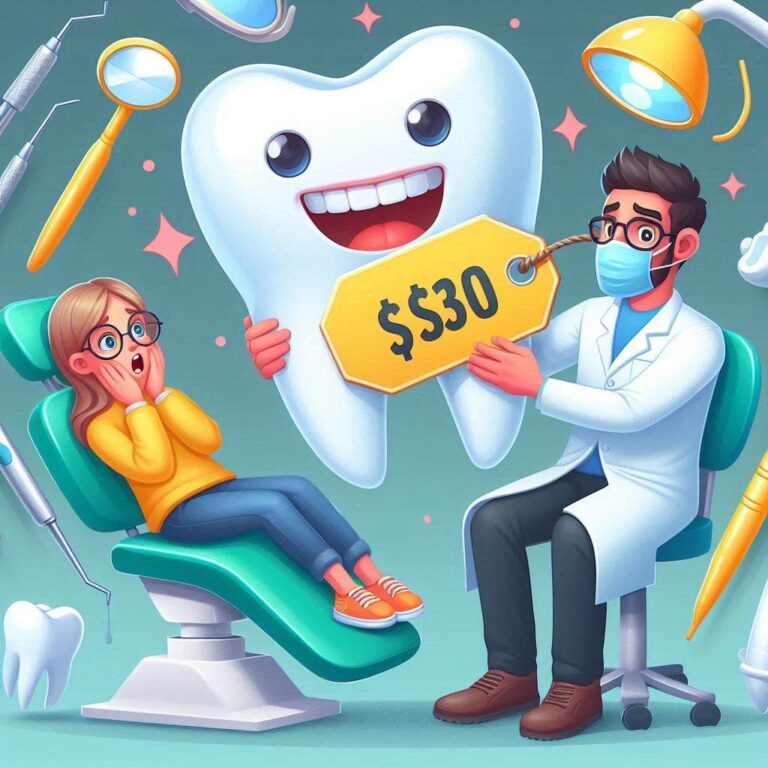The Ultimate Guide to Molar Extraction Costs: Understanding the Factors and Finding Affordable Options
Losing a tooth can be a stressful experience, and the associated costs of molar extraction can add to that stress. This comprehensive guide delves deep into the world of molar extraction cost, exploring the factors that influence the cost, potential cost-saving strategies, and navigating the process with financial considerations in mind.

Why Molars? A Brief Anatomy Lesson
Molars, also known as cheek teeth, are the workhorses of your mouth. Located at the back of your mouth, they are designed for grinding and crushing food. Adults have 12 molars, four in each upper and lower jaw. Molars have a complex root structure, which can influence the difficulty (and cost) of extraction.
Understanding Molar Extractions: Simple vs. Surgical
There are two main types of molar extractions:
- Simple Extraction: This procedure involves removing a fully erupted tooth that is visible above the gum line. It’s typically a straightforward process performed by a general dentist using local anesthesia to numb the area.
- Surgical Extraction: This is a more complex procedure required for impacted teeth (stuck below the gum line or bone), fractured teeth, or those with complex root structures. It often involves cutting through gum tissue and bone to access the tooth. Oral surgeons typically perform surgical extractions, and they may require general anesthesia to put the patient to sleep during the procedure.
The Cost Conundrum: Unveiling the Factors that Influence Molar Extraction Prices
The price tag for a molar extraction can vary significantly depending on several factors. Here’s a breakdown of the key players:
- Type of Extraction: As mentioned earlier, surgical extractions are significantly more expensive than simple extractions due to the complexity of the procedure and the expertise of the oral surgeon.
- Anesthesia: Local anesthesia, numbing only the extraction site, is generally less expensive than general anesthesia, which puts the patient to sleep.
- X-rays and Diagnostic Tests: Pre-operative X-rays and other diagnostic tests may be required to assess the tooth’s position and root structure, influencing the overall cost.
- Geographic Location: Dental fees can vary depending on your location. Urban areas tend to have higher costs compared to rural areas.
- Dentist vs. Oral Surgeon: Oral surgeons typically charge more than general dentists due to their advanced training and expertise in complex procedures.
- Dental Insurance: Dental insurance plans often cover a portion of the extraction cost. The specific coverage depends on your plan and may involve deductibles and co-pays.
Beyond the Basics: Additional Cost Considerations
- Medication: Post-operative pain medication and antibiotics may be prescribed, adding to the overall cost.
- Sedation: Nitrous oxide (laughing gas) can be used to alleviate anxiety during the procedure, resulting in an additional charge.
- Bone Grafting: In some cases, bone grafting may be needed to preserve the jawbone after a tooth extraction, especially in cases of surgical extractions. This can significantly increase the cost.
Estimated Molar Extraction Cost Range
| Factor | Simple Extraction | Surgical Extraction |
|---|---|---|
| Cost Range (without insurance) | $75 – $250 | $200 – $4,000+ |
| Additional factors influencing cost | Anesthesia type, X-rays, geographic location | Complexity of surgery, bone grafting |
Navigating the Financial Maze: Strategies for Affordable Molar Extractions
Here are some tips to help manage the cost of a molar extraction:
- Consult with your dentist: Discuss your financial concerns with your dentist. They can explain the anticipated cost based on your specific situation and explore potential options.
- Explore dental insurance: If you have dental insurance, understand your coverage for extractions. Knowing your deductible, co-pay, and annual maximums can help you budget for the procedure.
- Consider alternative payment options: Many dental practices offer financing plans or payment arrangements to help spread out the cost.
- Get quotes from multiple providers: Compare prices from different dentists and oral surgeons to find the most affordable option for your needs.
- Explore dental schools: Dental schools sometimes offer discounted services performed by students under the supervision of licensed dentists. This can be a cost-effective option for certain procedures, including extractions.
Demystifying the Process: What to Expect During a Molar Extraction
Here’s a general overview of what to expect during a molar extraction:
- Consultation: Your dentist will examine your tooth, take X-rays, and discuss the extraction process and anesthesia options.
- The Procedure: For a simple extraction, your dentist will numb the area with local anesthesia. They will loosen the tooth with instruments and gently remove it. Surgical are more involved:
- Anesthesia: Depending on the complexity, local anesthesia or general anesthesia might be used.
- Incision: The gum tissue is cut to expose the tooth and bone.
- Bone Removal (if necessary): In some cases, the dentist or oral surgeon may need to remove a small amount of bone to access the tooth root.
- Tooth Removal: The tooth is sectioned (cut into pieces) if necessary for easier removal, and then extracted.
- Cleaning and Stitches: The extraction site is cleaned, and stitches may be placed to close the wound.
- Recovery: Your dentist will provide detailed instructions for post-operative care, including pain management, swelling reduction, and dietary restrictions.
Potential Complications and When to Seek Help
While molar extractions are generally safe procedures, some potential complications can occur. These include:
- Bleeding
- Swelling
- Pain
- Infection
- Dry socket (a painful condition where the blood clot dislodges from the extraction site)
Seek immediate medical attention if you experience:
- Severe or prolonged pain
- Excessive bleeding
- Difficulty breathing or swallowing
- Fever or signs of infection (swelling, redness, pus)
Living with a Missing Molar: Replacement Options
After a molar extraction, you may have options to replace the missing tooth and restore functionality. Here are some common choices:
- Dental Implants: These are artificial tooth roots surgically placed in the jawbone to support a dental crown (artificial tooth). Implants are considered the gold standard for tooth replacement but are also the most expensive option.
- Dental Bridges: Bridges are anchored to the teeth on either side of the gap and support an artificial tooth in the missing spot. They are less expensive than implants but may require modification of adjacent teeth.
- Dentures: Partial dentures are removable appliances that replace one or more missing teeth. They are a cost-effective option but may not provide the same level of functionality and comfort as implants or bridges.
Conclusion
Molar extractions can be a necessary dental procedure, but the associated costs can be a concern. By understanding the factors influencing price, exploring cost-saving strategies, and discussing your options with your dentist, you can navigate the process with financial awareness. Remember, maintaining good oral hygiene can help prevent tooth decay and the need for extractions in the first place.
FAQs
- Can I save a tooth with decay instead of having it extracted?
In some cases, a dentist can save a decayed tooth with a filling, root canal, or crown. However, the extent of decay and other factors will determine the feasibility of saving the tooth.
- Will my dental insurance cover the entire cost of a molar extraction?
Dental insurance plans vary in coverage. Most plans cover a portion of the extraction cost, but you may be responsible for deductibles and co-pays.
- How long does it take to recover from a molar extraction?
Recovery time varies depending on the type of extraction and your individual healing process. Simple extractions typically heal within a few days, while surgical extractions may take a week or longer.
- What can I eat after a molar extraction?
Your dentist will provide specific dietary instructions. Generally, it’s recommended to start with soft foods like yogurt, applesauce, and mashed potatoes for the first few days after an extraction.
Remember, this article provides general information and is not a substitute for professional dental advice. Always consult with your dentist to discuss your specific situation and treatment options.
You might also want to check out these articles for more ideas:tooth extraction and dentures same day cost


